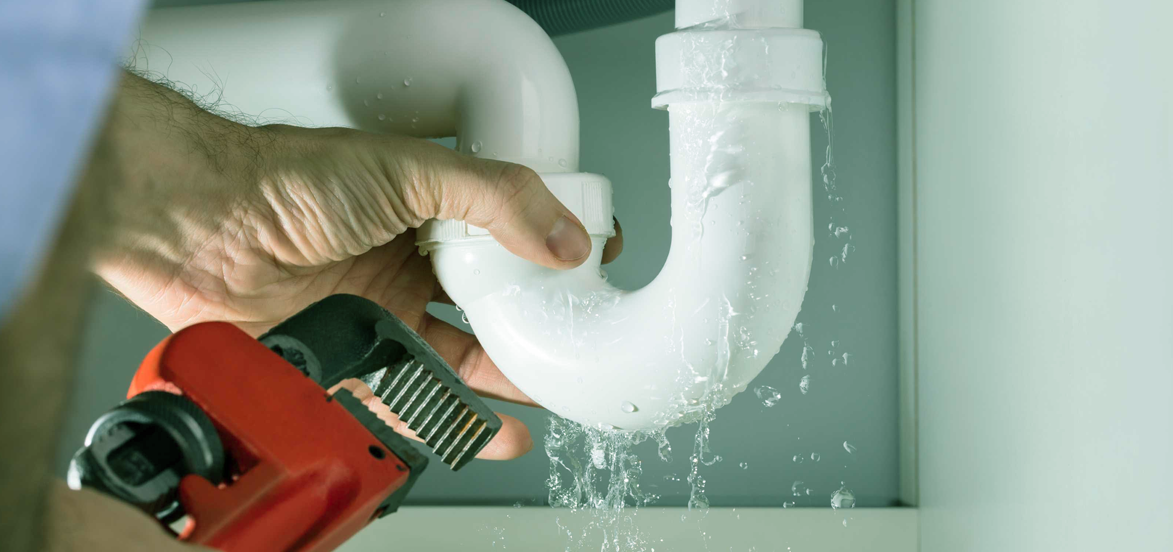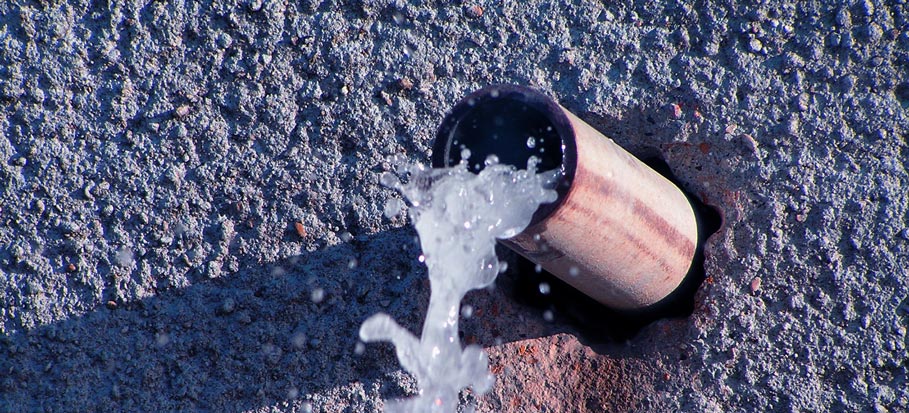Detect Hidden Water Line Leaks: Six Clever Tricks
Detect Hidden Water Line Leaks: Six Clever Tricks
Blog Article
The article which follows pertaining to Finding hidden leaks is relatively engaging. Give it a try and draw your own personal results.

Early discovery of dripping water lines can mitigate a prospective disaster. In addition to saving you money, it will minimize the irritation and stress. The moment you locate a leak, calling your plumber for fixings is the most effective solution. Some tiny water leaks might not be noticeable. Here are some hacks that assist if you can not detect it with your naked eyes.
1. Analyze the Water Meter
Every residence has a water meter. Inspecting it is a surefire way that helps you find leakages. For beginners, switch off all the water resources. Make sure no person will certainly flush, use the tap, shower, run the washing machine or dish washer. From there, go to the meter as well as watch if it will alter. Since no one is utilizing it, there must be no motions. That suggests a fast-moving leakage if it relocates. If you spot no adjustments, wait an hour or 2 as well as check back once again. This implies you may have a slow leakage that can also be below ground.
2. Inspect Water Consumption
Analyze your water expenses and track your water intake. As the one paying it, you need to observe if there are any type of inconsistencies. If you find sudden changes, in spite of your usage being the same, it implies that you have leakages in your plumbing system. Keep in mind, your water costs ought to fall under the exact same array on a monthly basis. An abrupt spike in your expense indicates a fast-moving leak.
A constant increase every month, even with the same behaviors, shows you have a slow leak that's likewise gradually intensifying. Call a plumber to thoroughly check your property, especially if you really feel a cozy area on your flooring with piping beneath.
3. Do a Food Coloring Examination
When it comes to water usage, 30% comes from bathrooms. If the shade somehow infiltrates your bowl throughout that time without flushing, there's a leak in between the storage tank as well as bowl.
4. Asses Exterior Lines
Do not fail to remember to check your outside water lines also. Test faucets by affixing a garden pipe. Needs to water seep out of the connection, you have a loosened rubber gasket. Change this and ensure all links are tight. If you have actually got an automatic sprinkler, it will assist get it professionally took a look at and kept every year. One tiny leak can squander lots of water and also spike your water expense.
5. Assess the situation as well as inspect
Homeowners need to make it a practice to inspect under the sink counters and also inside cabinets for any bad odor or mold and mildew growth. These two warnings suggest a leakage so prompt interest is required. Doing regular assessments, even bi-annually, can conserve you from a major trouble.
If you know your residence is already old, keep a careful eye on your heating systems, hoses, pipelines etc. Look for stainings and damaging as many devices as well as pipelines have a life span. They will certainly likewise normally degrade as a result of tear and also wear. Don't wait for it to intensify if you believe leaking water lines in your plumbing system. Call a specialist plumber as soon as possible so you do not end up with an awful mess in your house.
Early detection of dripping water lines can mitigate a potential calamity. Some little water leakages may not be noticeable. Inspecting it is a proven means that aids you find leaks. One little leak can throw away loads of water and also increase your water costs.
If you think leaking water lines in your plumbing system, do not wait for it to rise.
WARNING SIGNS OF WATER LEAKAGE BEHIND THE WALL
PERSISTENT MUSTY ODORS
As water slowly drips from a leaky pipe inside the wall, flooring and sheetrock stay damp and develop an odor similar to wet cardboard. It generates a musty smell that can help you find hidden leaks.
MOLD IN UNUSUAL AREAS
Mold usually grows in wet areas like kitchens, baths and laundry rooms. If you spot the stuff on walls or baseboards in other rooms of the house, it’s a good indicator of undetected water leaks.
STAINS THAT GROW
When mold thrives around a leaky pipe, it sometimes takes hold on the inside surface of the affected wall. A growing stain on otherwise clean sheetrock is often your sign of a hidden plumbing problem.
PEELING OR BUBBLING WALLPAPER / PAINT
This clue is easy to miss in rooms that don’t get much use. When you see wallpaper separating along seams or paint bubbling or flaking off the wall, blame sheetrock that stays wet because of an undetected leak.
BUCKLED CEILINGS AND STAINED FLOORS
If ceilings or floors in bathrooms, kitchens or laundry areas develop structural problems, don’t rule out constant damp inside the walls. Wet sheetrock can affect adjacent framing, flooring and ceilings.
https://www.servicemasterbyzaba.com/blog/how-to-detect-water-leakage-in-walls/

As a devoted person who reads on Finding hidden leaks, I assumed sharing that article was appropriate. Sharing is nice. One never knows, you may very well be helping someone out. Thanks a bunch for your time. Visit again soon.
Professional plumbers, immediate response. Report this page